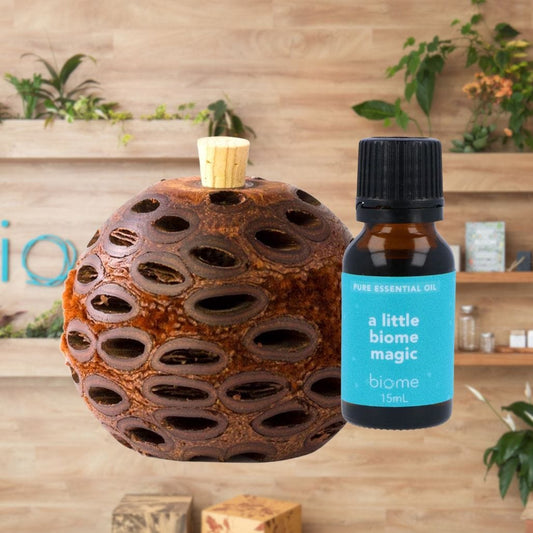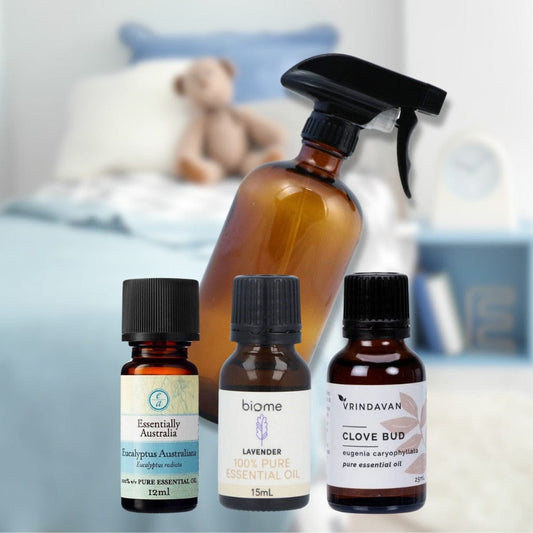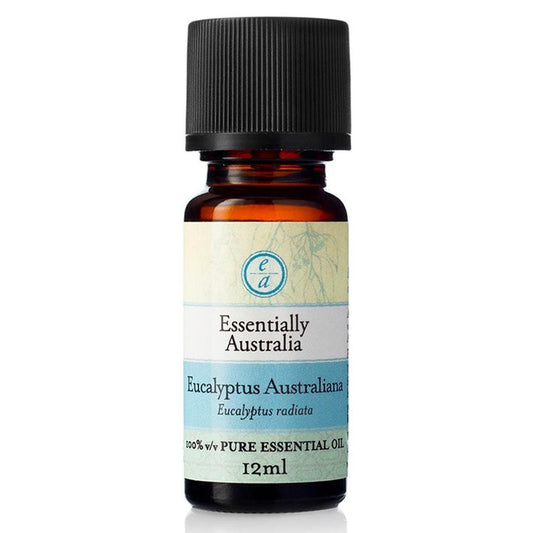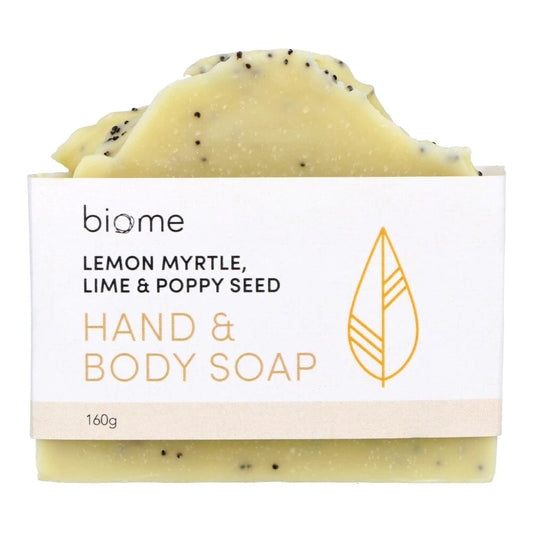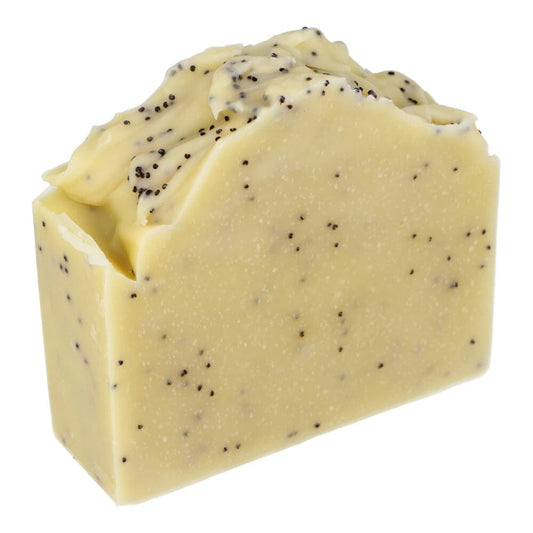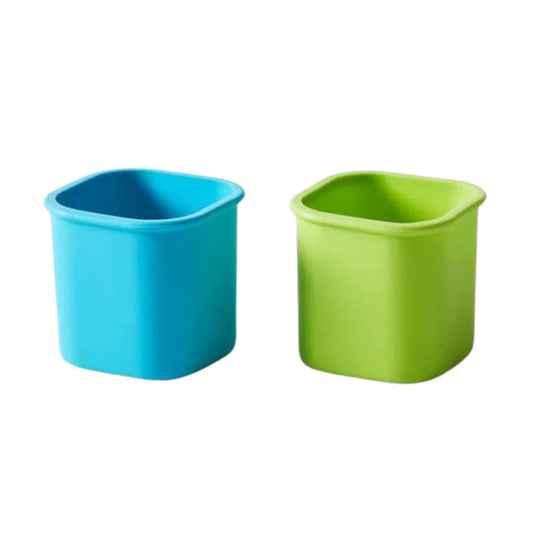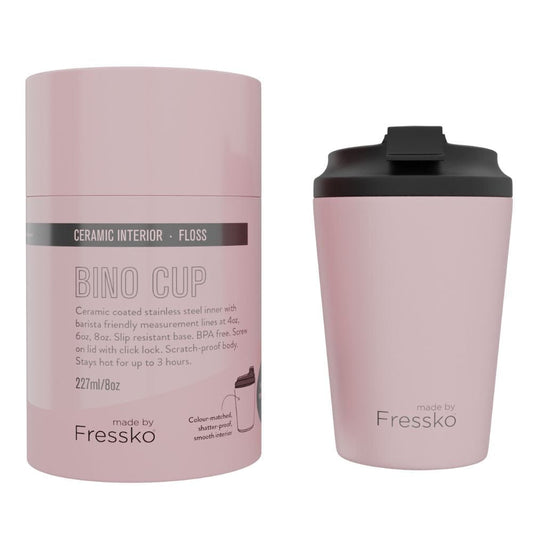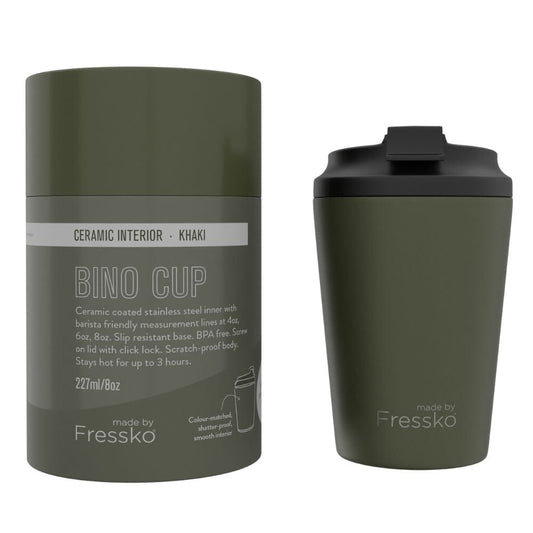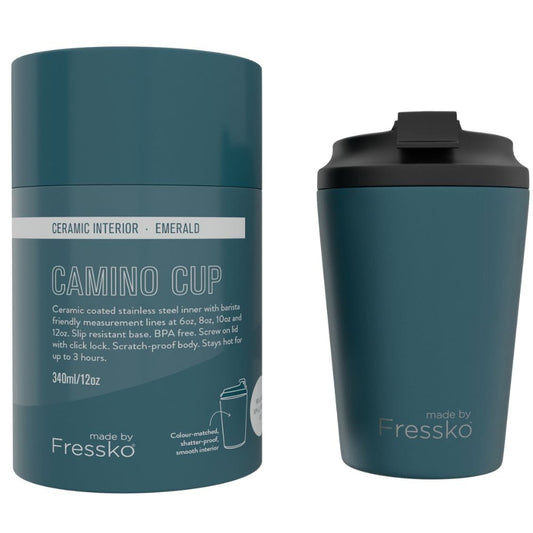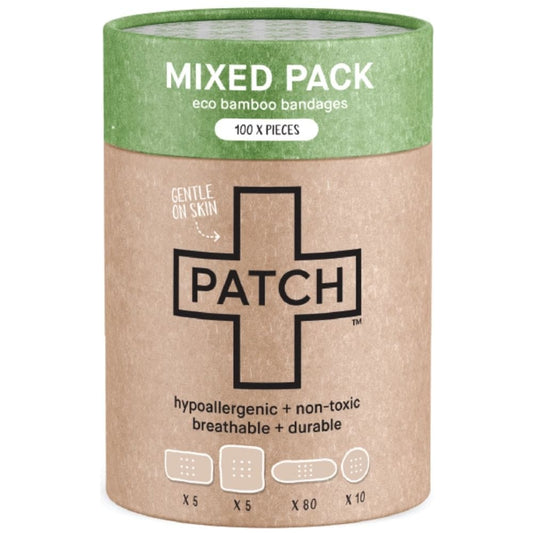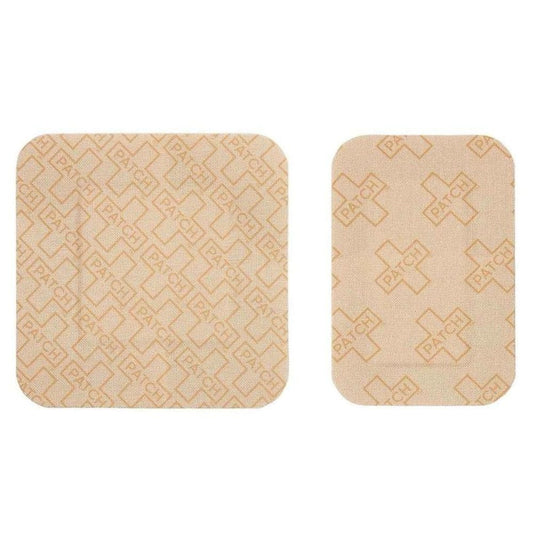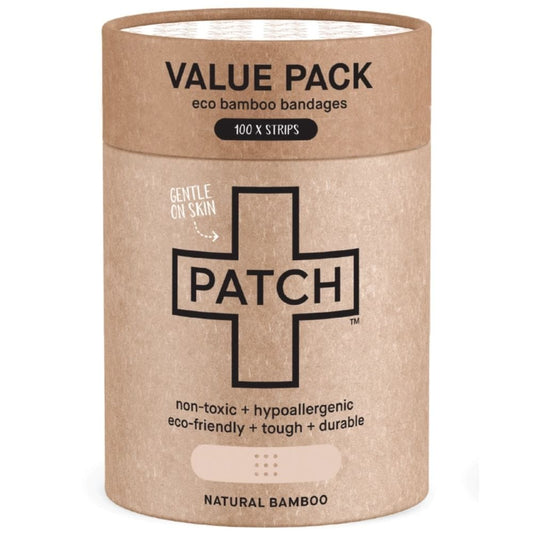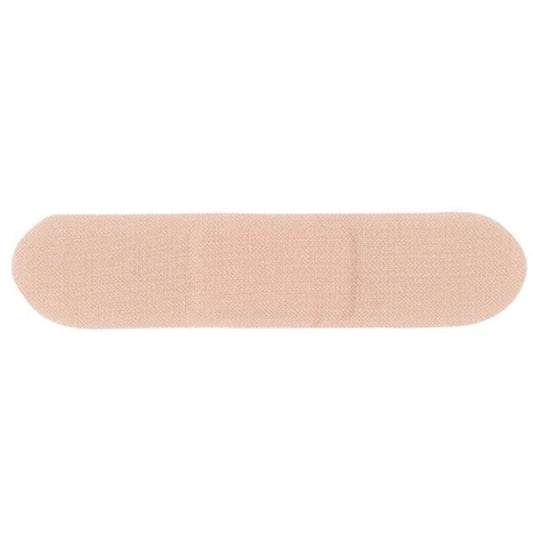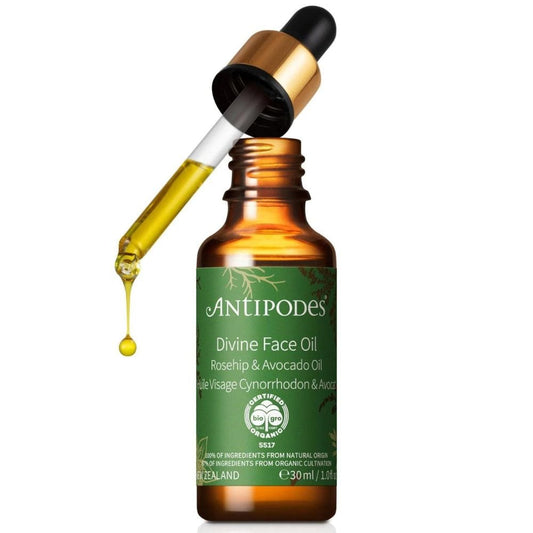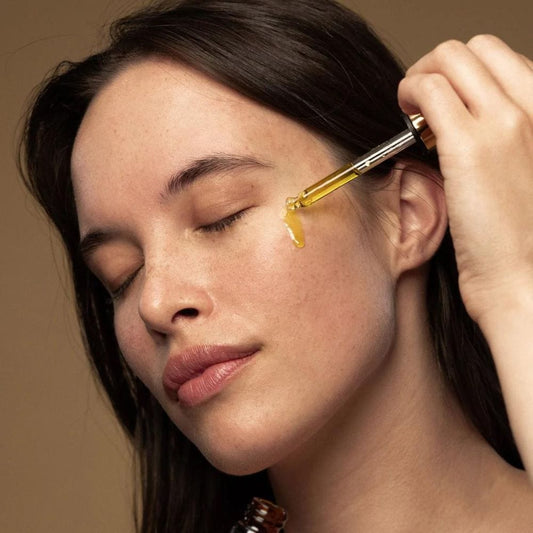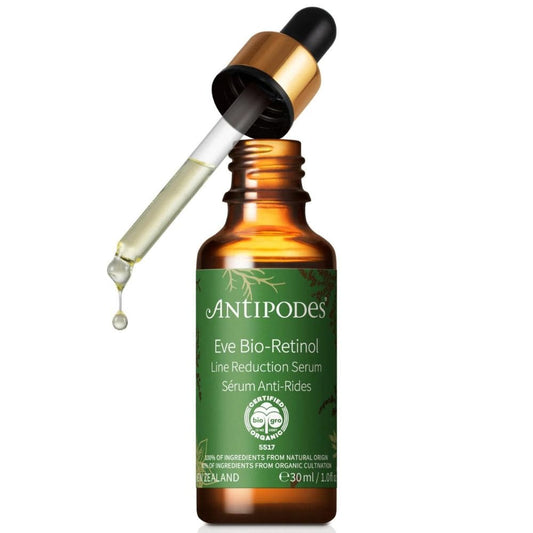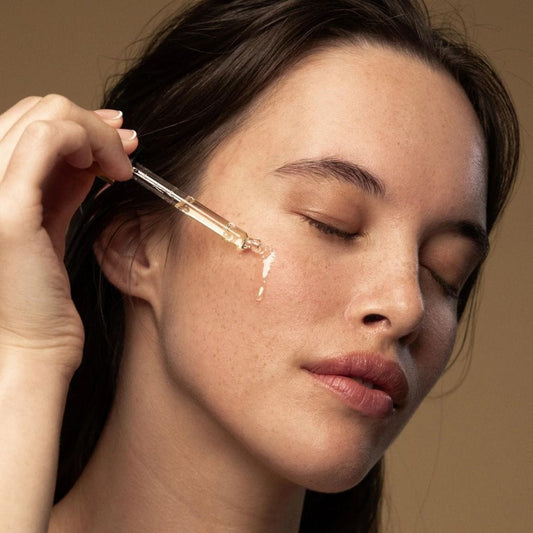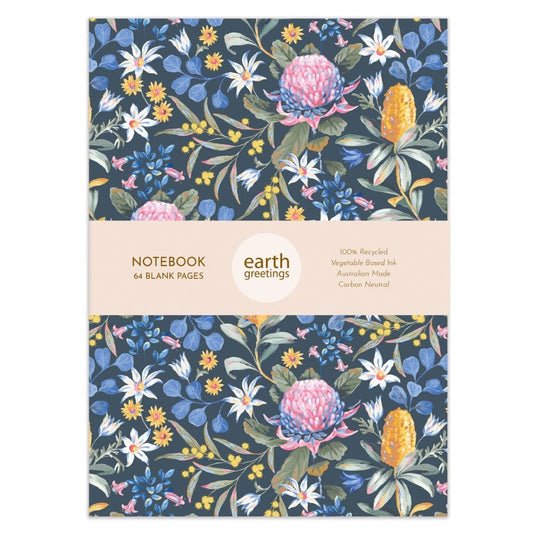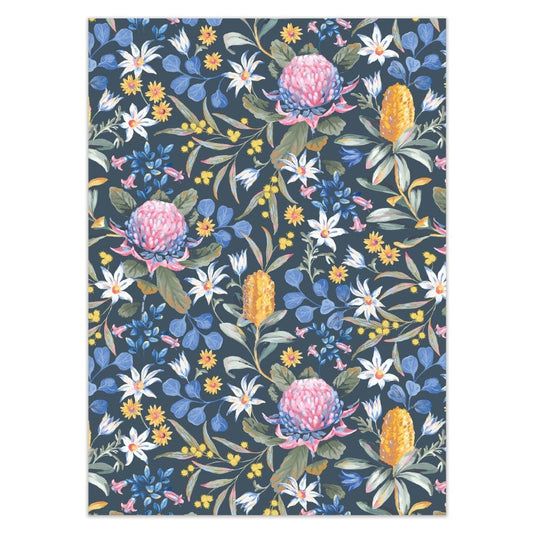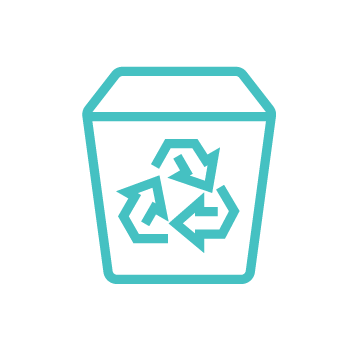We're hearing you ask:
"Loads of my work shirts have stained yellow armpits and are starting to smell. How can I get these out?"
"I have white t-shirts with yellow stains from sweat and sunscreen. Normal laundry detergent is not getting rid of them."

Yellow stains on the armpits of clothes are unsightly, plus the mysterious residue builds up and ruins the fabric. They are stubborn to remove, prompting many to ask the question "How can I remove yellow stains from armpits in an eco friendly way?" Firstly, understanding what causes these stains is the key to preventing and effectively treating them.
What Causes Yellow Stains on the Armpits of Clothes?
Any clothes with sleeves and singlets are at risk: dress shirts, t-shirts, summer and winter dresses, gym clothes, business shirts, work shirts, and close fitting tops. The stains are particularly visible on white shirts, but with black and coloured shirts you can still see and feel the semi-solid build up of residue in a patch under the arms.
The yellowing of shirt armpits is primarily caused by the reaction between aluminium compounds found in antiperspirants and the proteins in your sweat. When aluminium compounds, which are included in antiperspirants to block pores and prevent perspiration, come into contact with sweat, they react to form a gel-like substance. This gel can cling to the fabric of your shirts, dresses and other clothing. Over time, with heat from washing and drying, this substance can cause a yellow stain that is notoriously hard to remove!
Does Deodorant Cause Yellow Stains?
It's important to differentiate between deodorants and anti-perspirants in this context. Deodorants do not typically contain aluminium and mainly work by masking or neutralising body odour. They do not prevent sweating and thus are less likely to cause yellowing.
Whereas, aluminium is used in antiperspirants to block sweating and it is the chief culprit behind yellow deodorant stains.
Are Aluminium Compounds the Only Cause of Yellow Underarm Stains?
While aluminium compounds are a major cause, other factors can contribute to underarm yellowing. These include the body’s oils and other ingredients in antiperspirants and deodorants, such as propylene glycol, and ethanol, which can also react with fabrics and sweat.
How to Stop Yellow Armpit Stains from Happening?
PREVENTING yellow sweat discolouration is more manageable than having to remove it:
- Choose aluminum-free products: Using aluminium-free natural deodorants can drastically reduce the risk of yellow perspiration stains. Biome specialises in natural deodorants that work without aluminium, petrochemicals and synthetic fragrances!
- Apply sparingly: Using less antiperspirant and deodorant can reduce residues that lead to staining.
- Wear absorbent underlayers: Sweat pads or absorbent undergarments can protect outer layers from perspiration and product residues.
- Immediate washing: Wash sweat-soiled clothes promptly to prevent the set-in of pit stains.
How to Get Rid of Yellow Underarm Stains Using Eco-Friendly Solutions
The best stain remover for armpit stains is Oxygen Bleach (sodium percarbonate) - and it's the best eco-friendly solution that is safe for the environment too.
How to use oxygen bleach to remove yellow sweat marks:
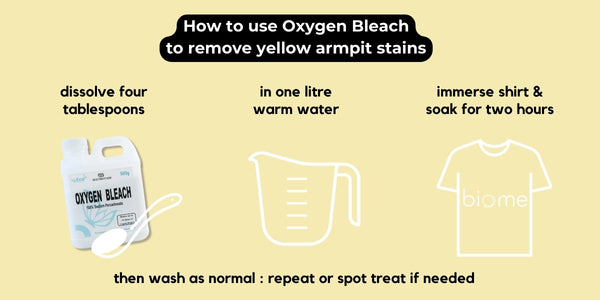
- Mix the Solution: Combine four tablespoons of powdered oxygen bleach with one litre of warm/hot water. Ensure it's fully dissolved.
- Soak: Immerse the stained garment fully in this solution. Let it soak for at least one to two hours. Oxygen bleach solution loses effectiveness over time, so soaking for longer periods will not help.
- Wash: Launder the garment as you normally would, checking the stain before drying. We recommend washing with Biome's Laundry Liquid, which is incredibly effective at drawing out dirt and stains.
- Re-treat: If remnants of the stain persist, repeat the process; or, try spot treating with a paste (just mix oxygen bleach with water to form a paste) and then gently work into the fabric. Let sit for one hour before washing again.
Oxygen bleach, known chemically as sodium percarbonate, releases hydrogen peroxide and soda ash when dissolved in water. The hydrogen peroxide acts as a bleach to lighten deodorant marks without the harsh impacts of chlorine bleach, which can degrade fabric fibres and release toxic compounds.
You can also find at Biome a whole range of natural stain remover choices and our super effective Laundry Liquid.
More tips
Check out these other tips and natural ways to get rid of set in yellow armpit stains:
Don't use the dryer - it sets the pit stains!
Don't use fabric softener, scent beads, or dryer sheets. These products coat the fibres of your clothing and stains and odours harder (if not impossible) to remove.
Here are two great home remedies to also try:
- Pretreat underarm stains with undiluted white vinegar. Put white cleaning vinegar into a spray bottle and keep in the laundry. Spray on the underarms of your shirts before washing. Allow to soak in for 10 minutes before washing.
- Lemon juice can also be used to remove sweat stains. Make a paste with equal parts lemon juice, bi carb soda and water. Apply gently to the stained areas of your white or coloured shirt, dress, business shirt, or t shirt. Gently work the solution into the fabric and allow to sit for 30 minutes before washing.
CONCLUSION
By understanding the chemistry behind yellow armpit stains and adopting preventative measures, you can keep your clothes looking fresh. For perspiration discolouration and odours that do occur, turning to eco-friendly options like oxygen bleach provides a safe, effective way to keep your wardrobe in pristine condition.
MORE READING
Why Oxygen Bleach is Better Than Chlorine Bleach
6 Ways to Wash Clothes Without Plastic and Harmful Ingredients
How to Make Homemade Laundry Liquid or Powder




